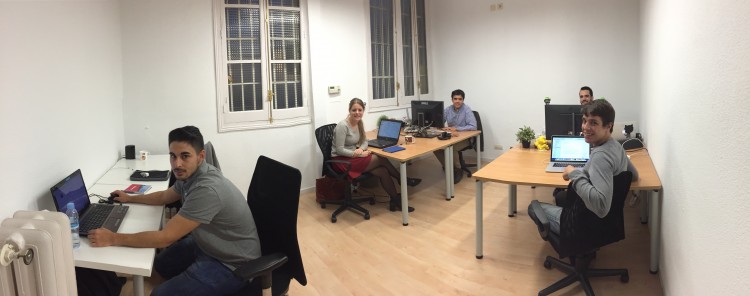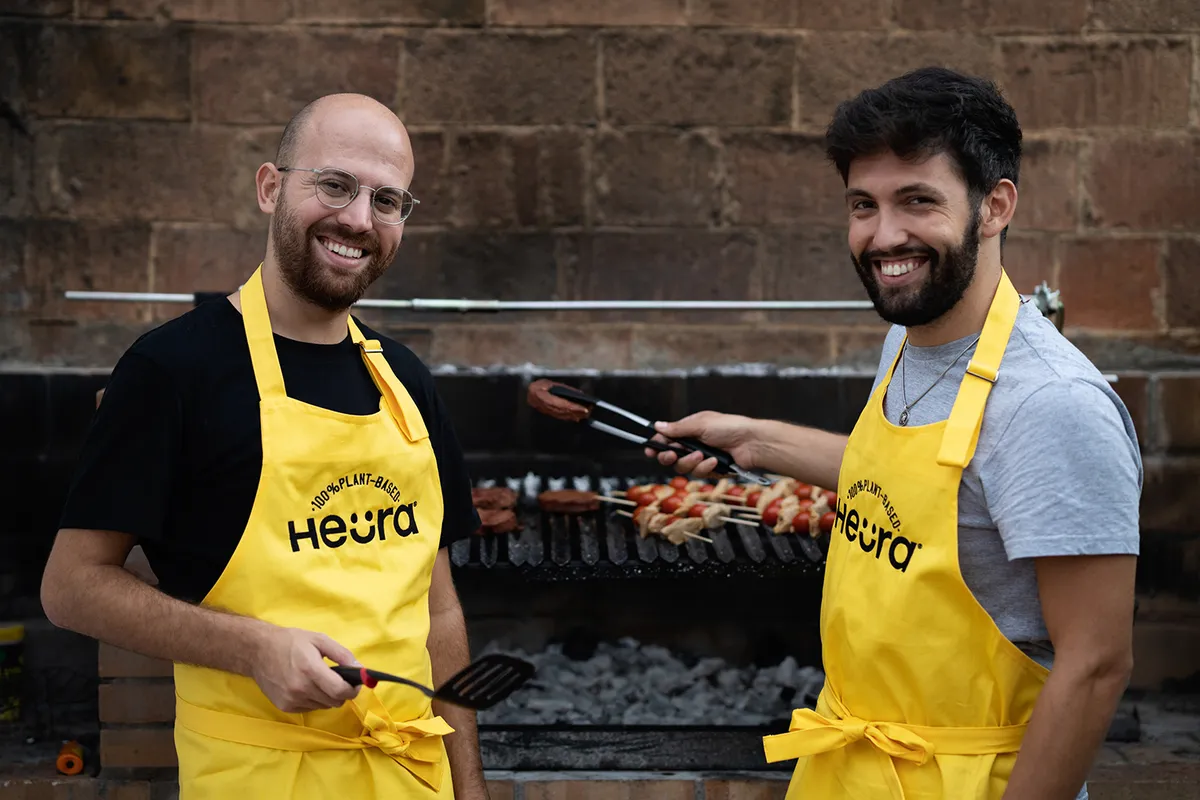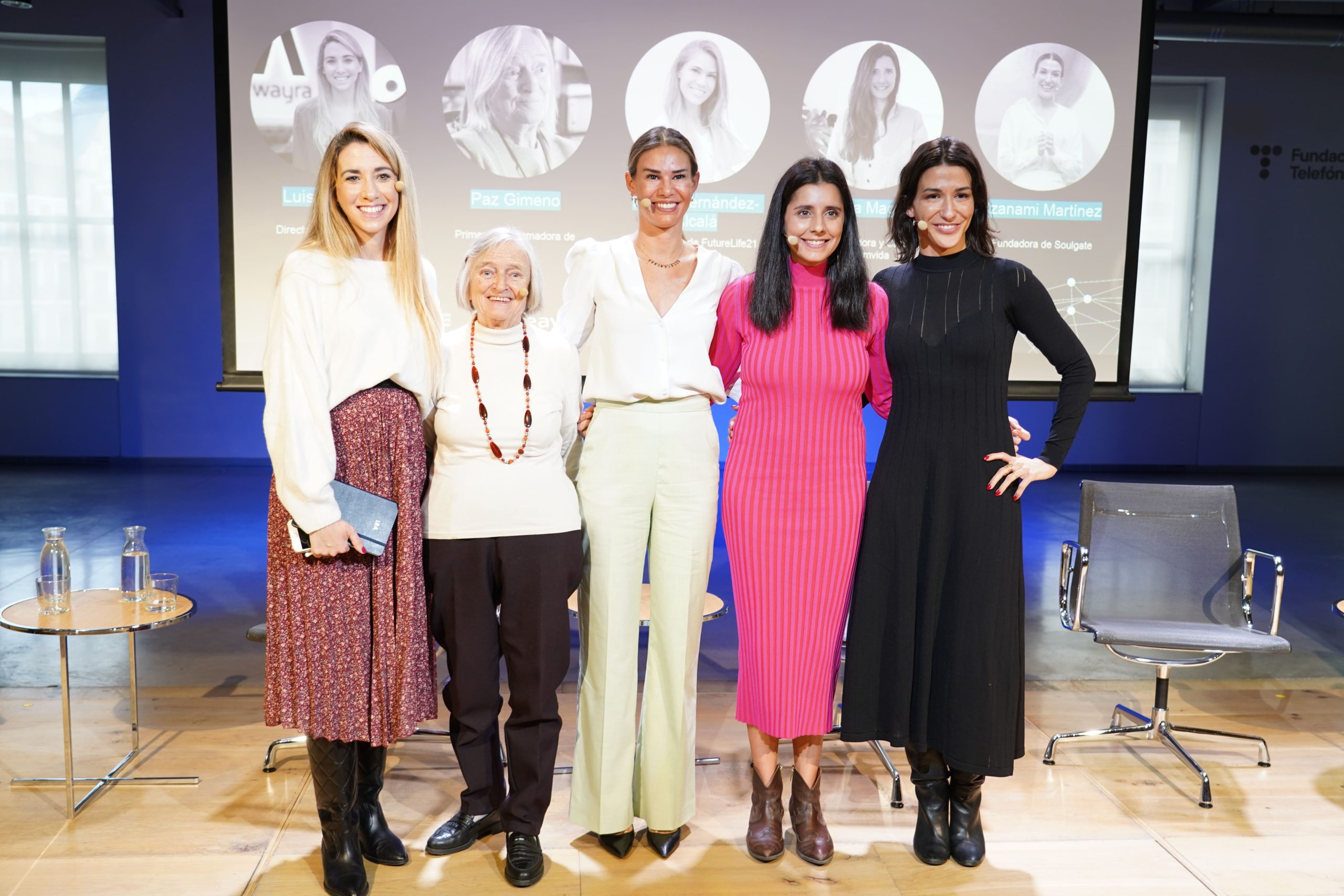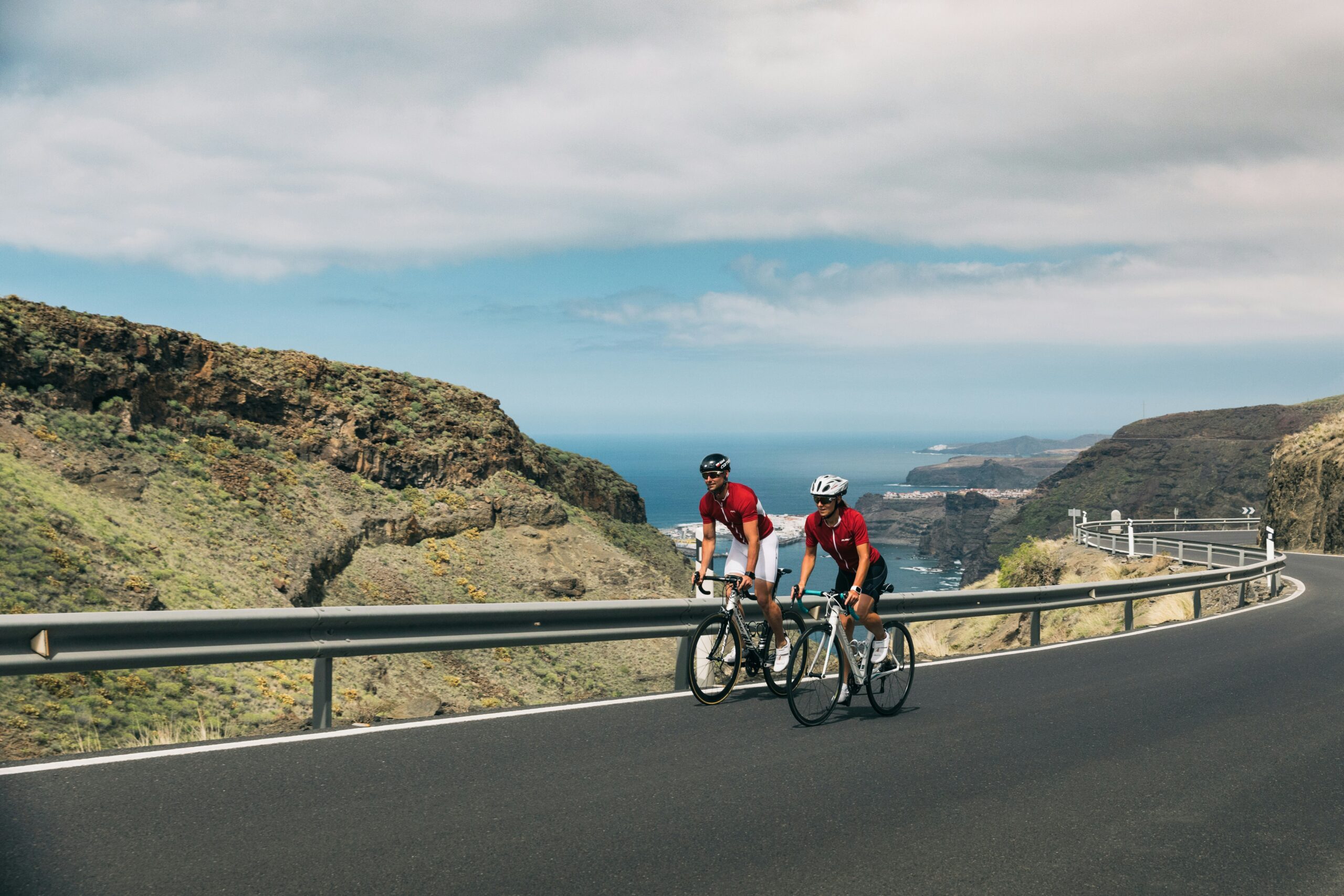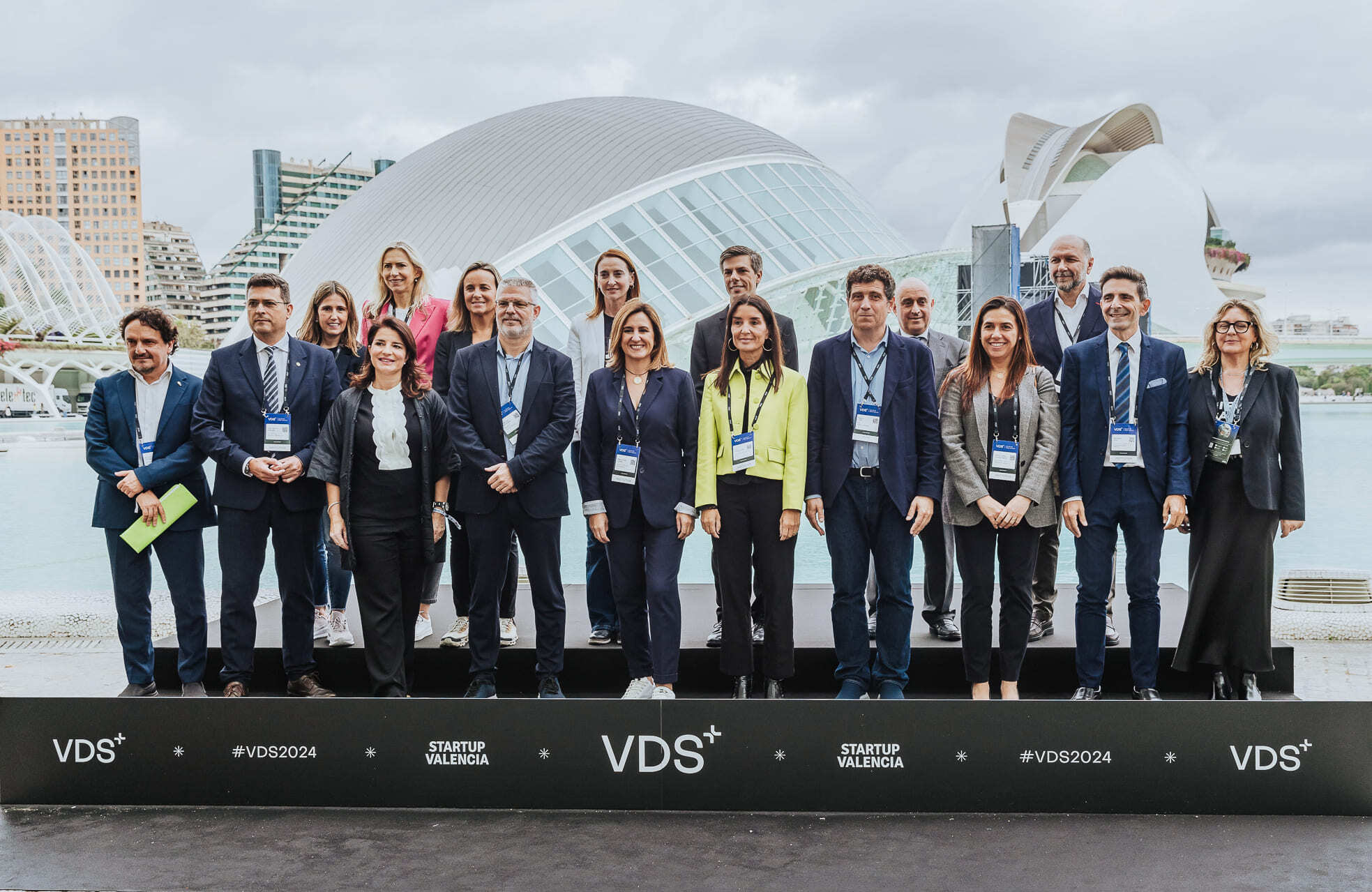The second hand market in Spain is heating up and Selltag is going to add more wood to the fire. The startup founded in late 2013 by Walter Kobylanski (Gigas, Danka Capital), Rubén Colomer, Juan Luis Hortelano (both from Plug and Play Spain) and led by Javier Escribano (TouristEye, acquired by Lonely Planet) has just closed a €325,000 round led by Vitamina K and other firms and business angels such as Civeta, Danka Capital, Carlos Domingo, Steve Olechowski or José María Torroja. Prior to this round, Selltag had raised a small seed round from Plug and Play.
Traditionally, buyers and sellers of second hand products have connected on the web, on sites such as Segundamano, Milanuncios (acquired by Segundamano’s owner Schibsted for €100 million) or Craigslist at an international level. However, the transition of consumption towards mobile phones has created new opportunities for startups by making the whole process of selling and buying easier for both parties involved.
While legacy players like Segundamano have recently launched their first mobile apps, others like Wallapop (also Spanish, recently raised €3 million from Accel Partners), Vinted and Selltag have realized that growth is no longer on the web, but on smartphones.
Selltag’s Android app has been used by more than 50,000 people over the past four months and those numbers will probably only increase in the near future with the launch of apps for iOS and the improvement of the startups’ current product.
To know more about how Selltag wants to tackle this market and what they’re bringing to an already crowded table, we sat down with CEO Javier Escribano for a short interview. Read on for more details on Selltag and how Javier’s previous experience with TouristEye played a role in this new round of financing.
Q&A with Javier Escribano, Selltag’s CEO
Built TouristEye and sold it to Lonely Planet. However, it didn’t take you long to be back in the game building a new startup. Why so fast?
I didn’t plan it. My idea was to be there for some time integrating TouristEye’s technology into Lonely Planet. However I didn’t like Nashville very much (LP’s headquarters are there). I like cities where you can walk or ride a bike, not cities where you need a car for everything. Also, the integration process was going to take longer than expected because of their technology.
Once I decided to come back to Spain, Juan Luis, Rubén and Walter -who had started Selltag- explained to me the opportunity they were seeking and we started discussing options. I realized that the market was still small but growing a lot, and that I could help change it with my previous experience with mobile and communities. So I decided to change paths.
A lot of people might think Selltag was just born, but the company is more than a year old. What have you guys been doing over the past few months? Has Selltag’s strategy changed much since then?
After I joined the company in April we set a mobile-first approach and we focused on our Android app. We launched it in the beginning of August and we have been growing quite fast since then, like 16.5% weekly. We’ve been learning as much as possible about the market, fixing bugs, raising money, hiring talent, etc. Our mission hasn’t changed: “remove laziness from buyers and sellers”.
Segundamano and Wallapop in Spain. Vinted and others in Europe. The mobile & second hand market is quite crowded. What does Selltag bring to the table that the rest of competitors don’t?
We’re obsessively focused on user experience. Segundamano, Milanuncios or Wallapop only care about the fact that you have published your post on their platform, and that’s exactly the starting point for us. We can help you improve your post, your description, use our search algorithms so your post appears on more searches despite whatever description you have added, connect you to buyers, help you in that process, etc.
There are a lot of pain points in the process of buying and selling, and people don’t sell because of that. If it was easier, people would sell 10 times more products than they do now. It’s often said that each one of us has like €2,000 in products we don’t use in our homes.
Also there is the security and trust side. Anyone can post anything on those sites, there is no control of scammers and I can post whatever I want with a fake email. So there is fraud and because of that people just want to buy and sell in person. If we drive away those scammers and we implement security mechanisms, people will buy and sell from other parts of the country, not just in their neighborhood. It’s a long process we have ahead, but we are really committed to improving the sector.
“We want to remove laziness from buyers and sellers”
Is this a winner takes all market or is there enough space for various competitors to coexist in the future?
There is enough space for various competitors. In fact that’s what has happened in Spain. Segundamano was the leader in 2012. Then Milanuncios came along and reached the same level in 2013 without damaging Segundamano. And Wallapop has done the same again in 2014. People post their ads on several sites and apps. We hope to be their first option because it’s easier and trustworthier for them.
At a recent talk, you mentioned that when it comes to Selltag’s business model “you’re not going to try to reinvent the wheel”. Is growing in this market a matter of making things easier for buyers and sellers instead of coming up with innovative -and maybe unuseful- features?
I’d differentiate how we are going to earn money from what we are going to offer to our users. Of course there are a lot of innovative features and processes that we will add in 2015, but it’s also true that we first need to solve the egg-and-chicken problem, having enough buyers and sellers. Having like 40,000 more users in 6 weeks is helping. Remember that there are many kinds of innovations (product, process, business model, costs, marketing…).
You raised a few financing rounds while at TouristEye. What did you learn then that you’ve applied now with Selltag? What mistakes have you avoid making that, perhaps, you made a few years ago?
There are two key things that I’ve learned.
The first one is to talk to investors (business angels) way before you are going to seriously start raising money. In April we started talking to several business angels about the project. Once we contacted them in September, they were in because they saw that we were really serious and we were moving fast.
The second one is to create momentum. There was this week in late September were almost everyone was saying yes, and we kept reducing the available space each day. So we basically knew we had a pool of investors to choose, and we had to know them better to understand if they were the best fit for this phase. We could have raised more, but we didn’t like that idea because we are in the validation phase. For us, it wouldn’t have made sense to raise €1 million just because we could. But creating momentum is really hard and we were lucky. Our previous experience -both mine and my cofounders’- definitively helped.




